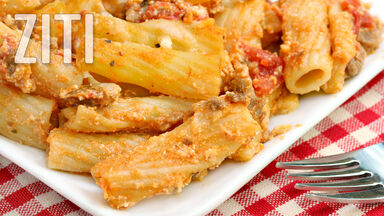The fillets are placed on an endless chain which moves slowly through the furnace, returning underneath.
The result is that so long as the fillets are hot they are kept from contact with the air and blackening of the metal is prevented.
In some mints the drag-bench or draw-bench is used after the rolls to equalize the thickness of the fillets.
In the case of very large silver coins only one blank is cut in the width of the fillet, but bronze fillets are made wider so that three penny blanks are cut out at each stroke of the machine.
Mitra, even as late as the 15th century, retained its simple meaning of cap (see Du Cange, Glossarium, s.v.); to Isidore of Seville it is specifically a woman's cap. Infula, which in late ecclesiastical usage was to be confined to mitre (and its dependent bands) and chasuble, meant originally a piece of cloth, or the sacred fillets used in pagan worship, and later on came to be used of any ecclesiastical vestment, and there is no evidence for its specific application to the liturgical head-dress earlier than the 12th century.



